Core Worlds
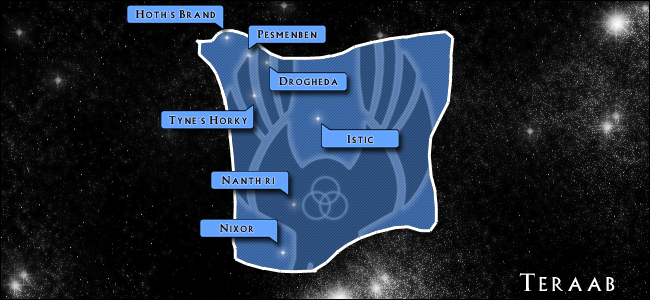
The Triumvirate Coalition is primarily based in the Teraab sector. The first few settlements of the Triumvirate were in the Pesmenben system, which has developed into the primary system for the Coalition, however much of Teraab is now integral to the government. The sector is close to the Inner Rim and has a rich variety of cultures, landscapes and traditions. The Triumvirate Coalition founded itself in Pesmenben early on in Year 6 and expanded quickly to the point where the sentient beings of Teraab felt that the group should govern the entire sector.
In Year 7, the Coalition, being staunch supporters of sentient rights and encouraging free trade, joined the Confederacy of Independent Systems (CIS), an economic alliance comprised of several independent groups and the Trade Federation government. This enabled billions of citizens of Teraab to trade freely with the other CIS groups and the rest of the galaxy, bringing varied wares and needed commodities to the early settlers of Teraab. Located in a central, Mid Rim position in the galaxy, Teraab has a number of famous hyperspace lanes and trade routes such as the Trax Tube and the Nanth’ri Trade Route, that helped bolster the Triumvirate’s early economic successes.
In time, as the Coalition became ever more aware of increasing Imperial interests in its home sector of Teraab, and with the Trade Federation’s honourable reputation for free trade shattered as they joined the Imperial Union, a new alliance was sought, one which would share and strengthen the Coalition ideals of Freedom, Community and Equality. As such, today Teraab remains a peaceful and safe sector under the protection of the Galactic Alliance.
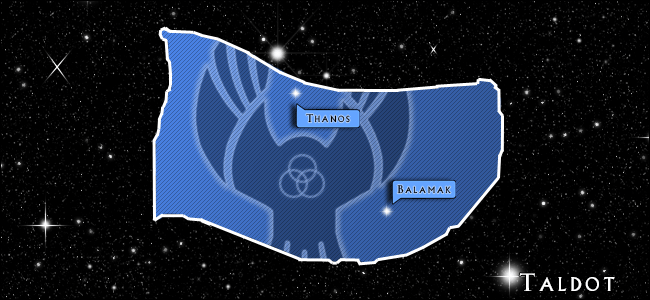
The second sector under Triumvirate protection is the Taldot sector, with its main hub centered around the system and planet of Balamak. An important agricultural world in ancient times, today Balamak has been rediscovered by the Coalition Navy after its position was lost from Galactic Star Maps during the struggles of the Clone Wars.
Below are some of the Coalition’s most important worlds and some history surrounding them.
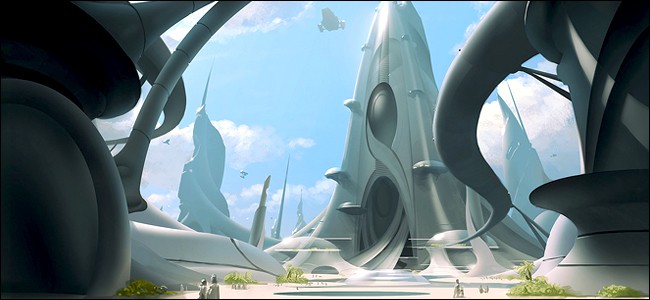
The majestic architecture found on Pesmenben III
PESMENBEN III
With a population of over ten billion, Pesmenben III has come along way since Consul Gilbert Taylor first set foot on the planet before the formation of the First Triumvirate. This planet-wide metropolis has become the very seat of the Triumvirate Coalition Government. As a result, there isn’t a more heavily guarded planet in the whole of Teraab. Many diplomats and high profile governmental figures from across the galaxy can be found within the vast cities of Pesmenben III at any given time. Famous for its unique yet stunning architecture, Pesmenben III is a frequent stop for tourists while passing through Teraab. However if it’s nature you’re after, Pesmenben III may not be the place you’re looking for. While portions of its landscape are preserved, most of the planet has been urbanized and, as a result, has become a majestic symbol of the Triumvirate Coalition’s status and presence in the galactic theatre.
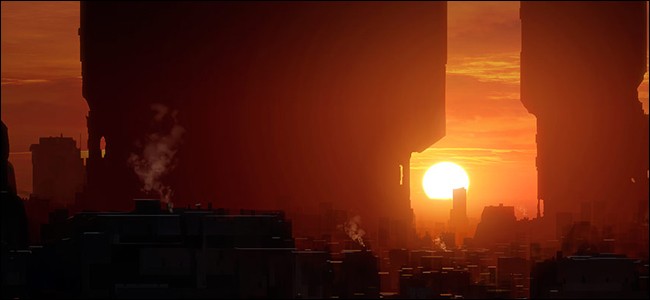
Nanth`ri IV is on the very edge of the Nanth’ri System and without the urban environment, it would be inhospitable.
NANTH`RI IV
While it is common when visiting Coalition controlled planets to encounter a completely urban environment, this wasn’t always the case. Nanth`ri IV, while being smaller than most planets in the Nanth’ri System, was the first complete urbanization project for the Triumvirate Coalition. Contractors and Architects from across the galaxy were summoned, eager to take part in such a historic undertaking. Under the supervision of the Coalition’s own urban planning department, the project was a complete success and to this day is teeming with life, boasting a population of just under one billion inhabitants, quite a number for such a small planet. While astronomers agree that Nanth`ri IV is at risk of breaking free from its orbit and becoming a rogue planet, this isn’t expected to happen for another two million years. The official take on this from the Coalition Government is, “We’ll deal with it in the next century or so.” Most citizens of Nanth`ri IV are not concerned.
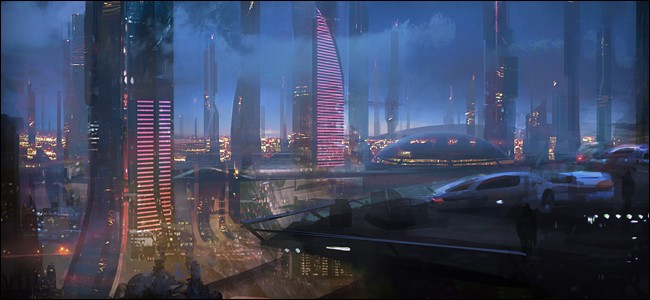
Pesmenben VI is one of the only truly capitalist societies in Coalition space where the creme de la creme of Coalition officers manage their own cities to make a profit.
PESMENBEN VI
The ice planet of Pesmenben VI, with its sparse island of native forest lands and wealth of volcanic activity, harbors a unique ecosystem that has ensured its habitation throughout millennia. However, where there was once an assortment of simple, ad-hoc sentient colonies, there is now a bustling metropolis of capitalist industry. Under the governance of the Triumvirate Coalition, Pesmenben VI, having been developed under the “Member City” concept, has seen its economy grow substantially over the years. As a result of such an established economic infrastructure, it stands today as a veritable hub of capital profit within the Triumvirate Coalition, ensuring the faction’s continued prosperity and galactic economic status.
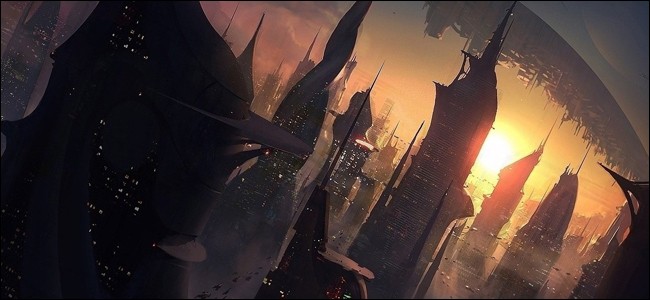
Istic III was the first gas giant to be urbanized by the Coalition – providing a home for over one hundred billion sentients.
ISTIC III
Istic III is a gas giant chosen by the Coalition for one of the most daring yet highly advanced infrastructure development projects the galaxy has ever seen. Upon completion of this project, the planet has been deemed as one of the most advanced planets in the galaxy. The Coalition decided to give its citizens a chance to show their talents and arranged a program for anyone to provide a structurally sound blueprint for a building either to be used as Residential or Commercial suites. If a submitted blueprint was approved by the building committee on Istic III, then it was built for its designed purpose. This is truly what makes this planet unique as the contributions of so many skillful architects have left wonderfully built structures throughout the planet. After the Coalition put so much effort into making Istic III so beautiful on the outside with its grand floating city platforms and compelling modern architecture, they felt compelled to put as much energy and waste efficiency appliance and equipment into the buildings as possible. All the water in the residential buildings is recycled, filtered, and sanitized through the use of steamers. Waste has been recycled through the boilers to run the steamers to sanitize the water, creating a truly efficient, green society. The Coalition has gone to great lengths to research this breakthrough technology to make this gas giant a pleasant place to live and work, and to show the rest of the galaxy that progress and urbanization can have a positive effect on the occupied planet.
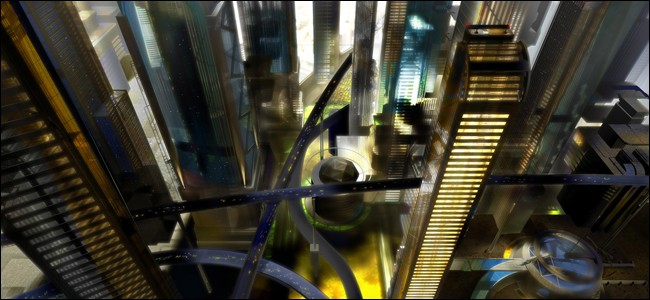
Zor Vlahu – one of the most advanced planets in the galaxy.
ZOR VLAHU
Zor Vlahu, the most populous planet in the Hoth’s Brand system, Teraab, is a technological jewel in the whole of the sector. The state-of-the-art architecture on the planet provides for indoor ecosystems and gardens. Thus, one can go from desert to glacier, or swamp to grassland just by changing a room – everything is within your reach and one tends to forget they’re on a Gas Giant. Conjointly, the galaxy’s most intelligent engineers have constructed the paved hoverways on Zor Vlahu, streamlining transport, and avoiding accidents caused by the lack of a tangible way, and also adding to the technological beauty of the planet. Zor Vlahu is governed by an extensively socialist party, where the personal freedoms of its countless residents are never questioned, and the gracious people living among the orange gas clouds are always willing to help one another, or foreigners. This has resulted in an extensive wave of immigrants, fleeing the space of other, hostile factions, and settling on Zor Vlahu, making it a diverse planet – not just populous. Furthermore, one does not need to worry about droughts or water prices rising on Zor Vlahu; though the planet has no natural water deposits, many enormous Water Theaters have been built, condensing water vapor in the air into liquid water. The gap between the poor and the rich narrows more every day, as wealth keeps becoming less and less important, the planetary government providing and attending to the needs of the citizens itself.
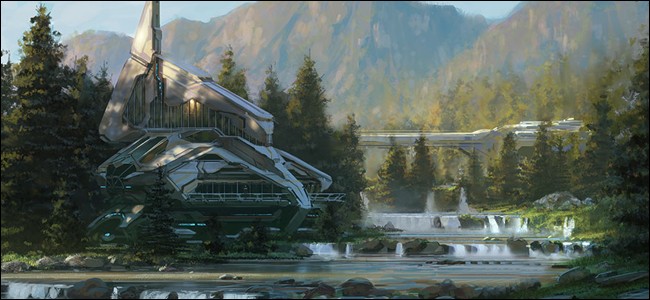
Istic I – a planet untouched by urban sprawl.
ISTIC I
Istic I is the capital world of the Istic system. This beautiful planet is full of diverse plant and animal life due to the fact it is covered evenly by water and land. Some researchers say there is a 60-40 water split, and some say it’s a 60-40 land split, but in reality, it’s a 51-49 water split. The people of Istic I are a nature-loving species that take a great deal of care for their planet. The majority of the population is centralized in cities, but they are few and far between because of the outstanding natural beauty of the planet. Most of the land is divided into vast parks, the people here having a love of camping and rambling and such to commune with their planet. Each park has a diverse ecosystem to allow for optimal growth which is organized and maintained by the locals. Everything is recyclable for ease in sanitation, although this has become more difficult in recent times due to the vast number of tourists visiting the planet. With that said, the people of Istic I have developed a society where they have a minor impact on the planet and they work hard to maintain this. With the planet being half water, the people here have created a vast underwater civilization with the help of the Gungan species from the planet Naboo. Official researchers from the Coalition have just begun the task of classifying and cataloging all the life on Isitc I as the locals never had the want or need to know what was living on their planet. The planet has been designated a world of outstanding natural beauty by the Coalition and as such is protected from mass urbanization, however, each year millions of sentients are granted access to the world for vacations and nature retreats.
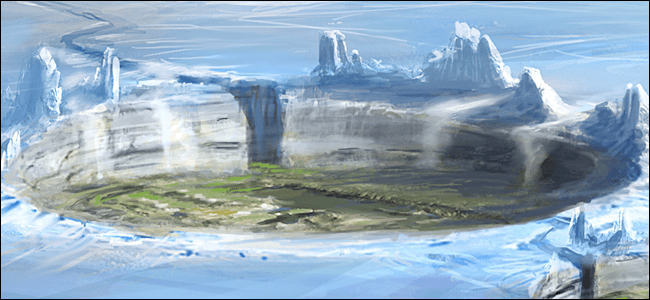
The site of the Valley of the Jedi on Ruusan, an idyllic oasis surrounded by ice fields.
RUUSAN
The planet of Ruusan is known throughout the galaxy as the site of the Seventh and final historic Battle of Ruusan, in which the Army of Light was finally able to defeat the Brotherhood of Darkness, ending the New Sith Wars and beginning the Ruusan Reformations. However, in one final act of desperation, the remaining Sith were able to detonate a Thought Bomb, slaying themselves, along with the last committed contingent of a hundred Army of Light Jedi, led by Lord Hoth. While the system of Hoth’s Brand was given Lord Hoth’s namesake and its various celestial bodies those of other notable lost Jedi Lords, Hoth’s surviving Padawan, Johun Othone, commissioned a grand mausoleum known as the Valley of the Jedi, in order to commemorate their noble sacrifice. Since then, Ruusan has been able to recover from its mournful past as the forested pockets of land amongst the planet’s glaciers have begun to thrive under the development of the Triumvirate Coalition. Indeed, such development has established the Valley of the Jedi as an effective enclave and powerful Force nexus for the Triumvirate Coalition’s own Jedi.
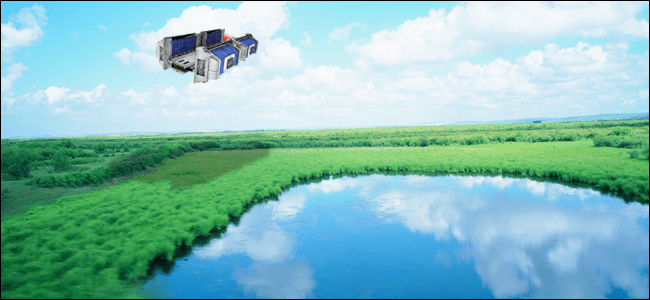
Coalition BFF-1 Bulk Freighter departing for Teraab with foodstuffs from Balamak’s lush fields.
BALAMAK
Balamak is the newest addition to the Triumvirate’s protected territories together with the entire Taldot sector. In an operation nicknamed New Horizons, the Coalition Navy was sent to uncover lost star systems around our home sector of Teraab. On Year 13 Day 148, Balamak was re-discovered by the Navy for the first time since records of its location had been lost in the Clone Wars. Historically the world had been a very important agricultural hub, as 95% of its surface is covered by green, lush fields and long, rolling hills. The Coalition re-colonized the planet and expert bio-engineers were set the task of developing Balamak’s verdant fields into crops and farmland with maximized yields but minimum damage to the ecosystem. Balamak also serves as a military outpost and a training ground for the Coalition Military forces to hone their skills, as well as housing Galactic Alliance docking and repair facilities in orbit.